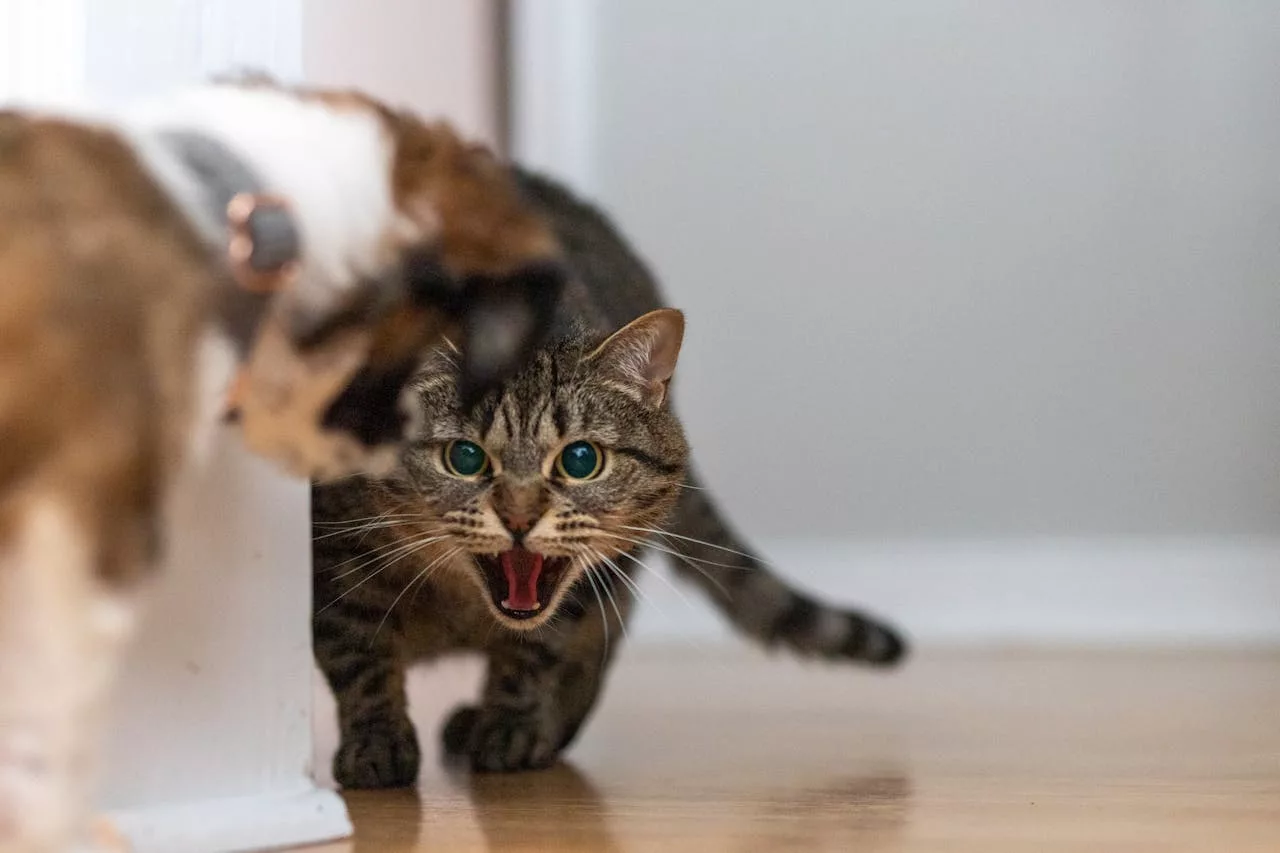Aggression in pets can be a challenging and stressful issue for pet owners. Whether it’s growling, biting, lunging, or territorial behavior, aggression can stem from fear, anxiety, dominance, or past trauma. Fortunately, with patience, consistency, and the right approach, you can help your pet overcome aggression and build a positive, trusting relationship.
This guide will walk you through practical steps to manage and reduce aggressive behaviors in your pet.
Understanding the Root Cause of Aggression
Before addressing aggression, it’s important to identify what triggers your pet’s behavior. Common causes include:
- Fear or Anxiety: Pets may react aggressively when they feel threatened or cornered.
- Territorial Behavior: Protecting food, toys, or space can lead to aggressive responses.
- Pain or Medical Issues: Health problems such as arthritis, dental pain, or infections can cause irritability.
- Lack of Socialization: Pets that haven’t been exposed to different environments, people, or animals may react aggressively out of insecurity.
- Past Trauma or Neglect: Rescue animals or those with a history of abuse may develop aggressive tendencies due to past experiences.
Once you understand the underlying cause, you can begin addressing the issue effectively.
Step 1: Rule Out Medical Problems
Aggression can sometimes be linked to pain or medical conditions. If your pet suddenly starts displaying aggressive behavior, schedule a vet visit to rule out underlying health issues. Conditions such as infections, arthritis, neurological disorders, or hormonal imbalances can contribute to mood changes and irritability. Treating the medical problem can significantly reduce aggression.
Step 2: Identify Triggers and Avoid Them Initially
Observe when and why your pet becomes aggressive. Keep a journal of situations, environments, or interactions that lead to aggressive reactions. If your dog growls when approached while eating, food guarding might be the issue. If your cat hisses when handled, it could be a response to fear or discomfort. Identifying these triggers helps you create a plan to desensitize and retrain your pet.
While training, avoid putting your pet in situations where they feel forced to react aggressively. Gradual exposure combined with positive reinforcement will yield better results.
Step 3: Use Positive Reinforcement
Punishment can make aggression worse, reinforcing fear and anxiety. Instead, use positive reinforcement to encourage good behavior. Reward your pet with treats, praise, or playtime when they remain calm in potentially triggering situations.
Training Tips:
- Reward calm behavior immediately so your pet associates it with positive outcomes.
- Use a firm but gentle voice when giving commands.
- Avoid yelling, hitting, or using harsh corrections.
For example, if your dog barks at strangers, reward them when they stay quiet instead of scolding them for barking. This shifts their focus from fear to reward-driven behavior.
Step 4: Gradual Desensitization
Desensitization involves slowly exposing your pet to their triggers in a controlled, non-threatening manner.
How to Desensitize Your Pet:
- Start at a comfortable distance from the trigger.
- Reward calm behavior and gradually decrease the distance.
- Repeat sessions consistently, keeping them short and positive.
- Avoid overwhelming your pet—take small steps to build confidence.
For example, if your dog is reactive towards other dogs, start by exposing them to dogs at a distance. Gradually move closer over time while rewarding calm behavior.
Step 5: Establish Clear Boundaries and Leadership
Pets look to their owners for guidance. Establishing yourself as a calm and confident leader helps reduce aggression caused by dominance or insecurity.
Ways to Establish Leadership:
- Set consistent rules and enforce them gently.
- Feed, walk, and train your pet at scheduled times to create structure.
- Use commands like “sit” and “stay” to reinforce discipline.
Being a strong yet compassionate leader reassures your pet and fosters trust.
Step 6: Socialization and Controlled Exposure
Socialization plays a crucial role in reducing aggression. The earlier you expose your pet to different people, animals, and environments, the better they adapt.
Safe Socialization Methods:
- Introduce your pet to new people in a calm, quiet setting.
- Arrange controlled playdates with well-behaved animals.
- Visit pet-friendly parks or training classes with professional supervision.
If your pet has severe aggression issues, work with a professional trainer to ensure safety during socialization exercises.
Step 7: Seek Professional Help if Needed
If aggression persists despite training, consider consulting a certified animal behaviorist or trainer. Professionals can assess your pet’s behavior and design a customized training plan to address deep-rooted aggression issues.
Veterinary behaviorists may also prescribe medications to help manage anxiety-driven aggression, but this should always be combined with behavioral training for long-term success.
Final Thoughts
Overcoming aggression in pets takes time, patience, and commitment. By understanding the root cause, using positive reinforcement, and gradually exposing your pet to triggers in a controlled way, you can significantly improve their behavior. Building trust and maintaining consistency will help your pet feel safe, leading to a happier and more peaceful relationship.
Every pet is unique, so progress may vary. Stay patient, celebrate small victories, and seek professional guidance when needed. With the right approach, aggressive behaviors can be managed, allowing your pet to become a well-adjusted and loving companion.




